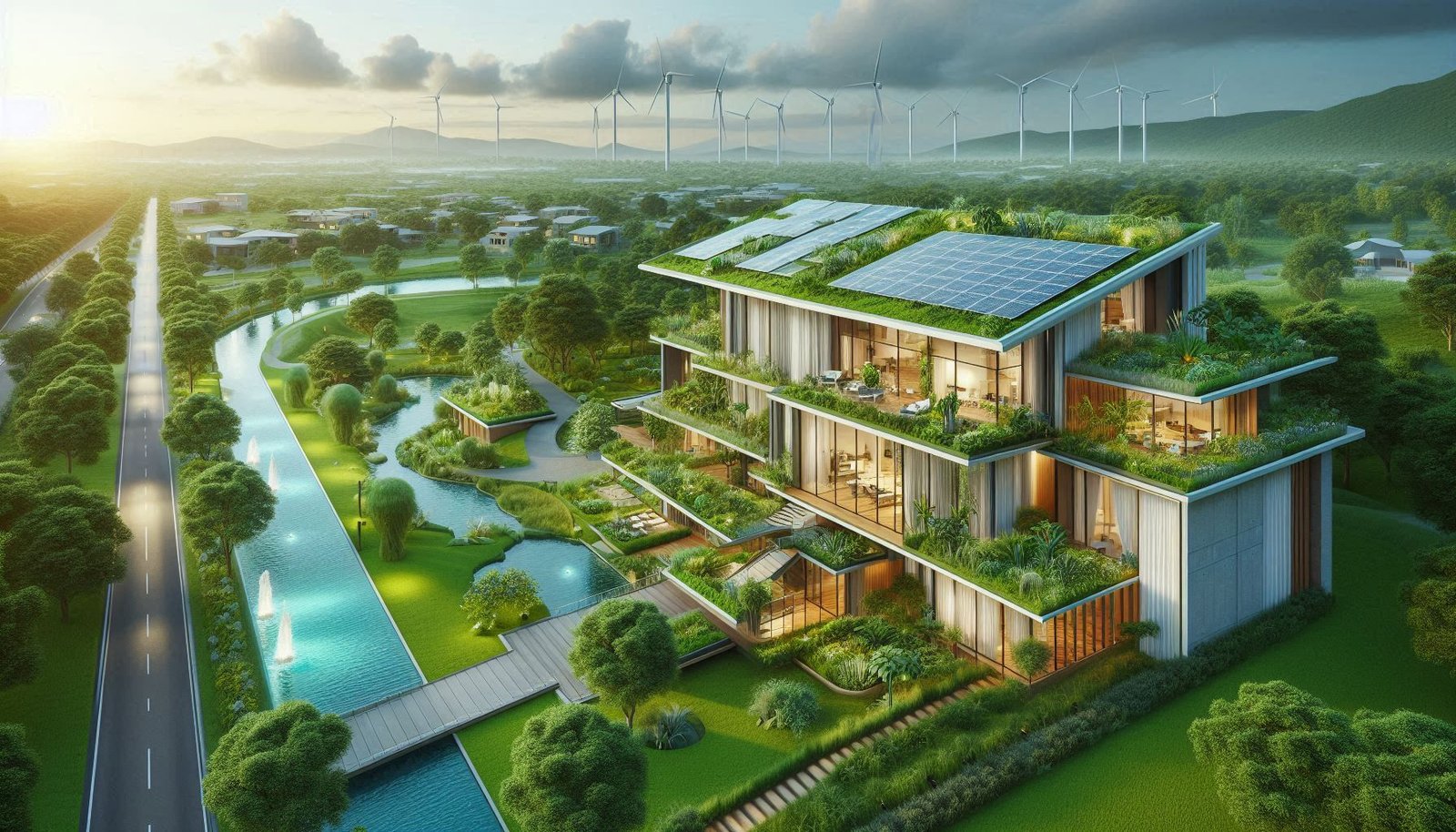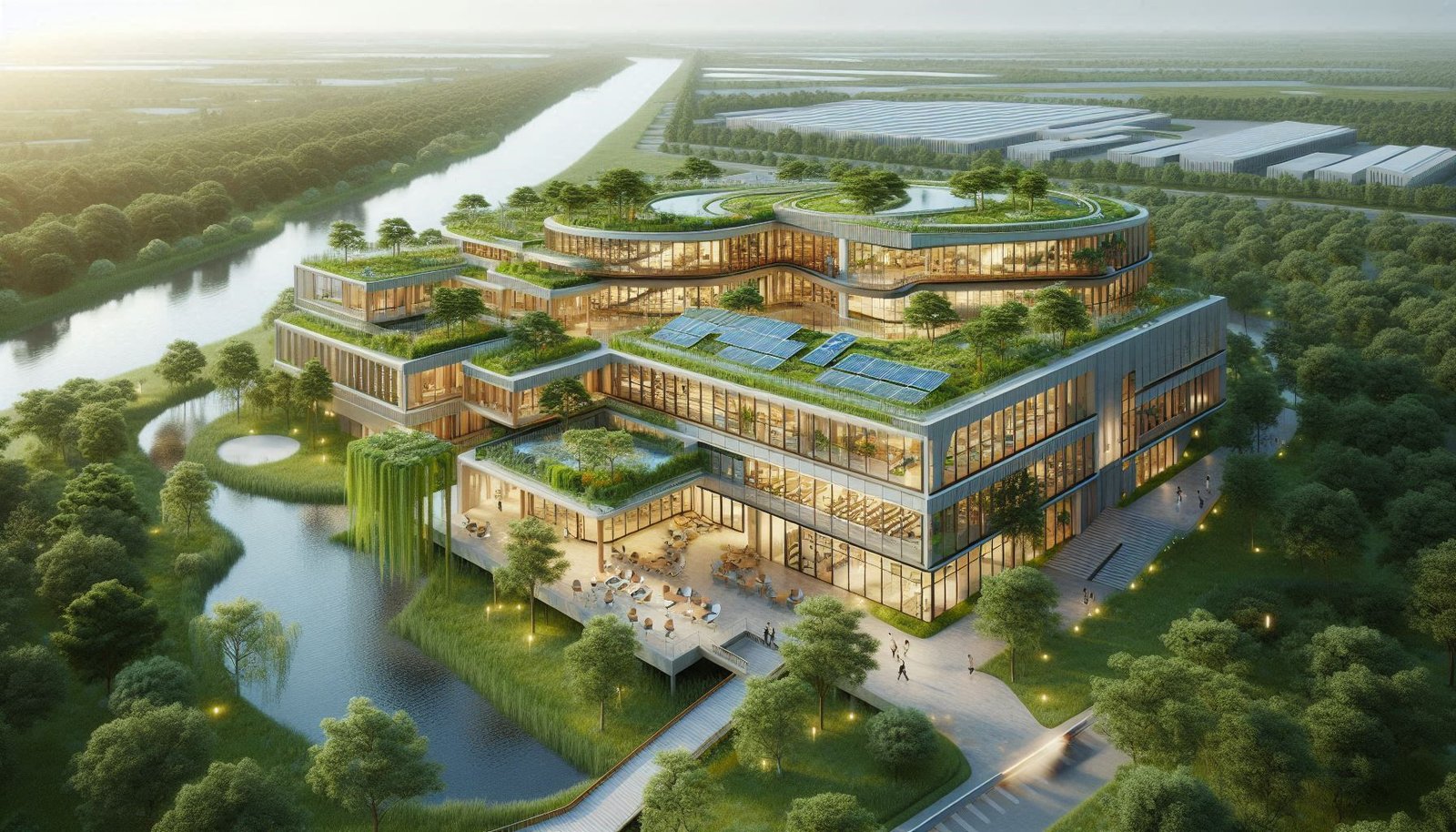Our Location
Room No: 20, Spik Building,
Chelavur (Near Markaz Juma Masjid), Medical College, Kozhikode, Kerala, India-673008

As the world faces environmental challenges, sustainable architecture has become a vital solution for creating eco-friendly and energy-efficient buildings. By prioritizing environmental responsibility, architects are designing spaces that not only reduce carbon footprints but also enhance the quality of life for occupants.
Sustainable architecture focuses on minimizing the negative environmental impact of buildings through conscious design, construction, and operation. It incorporates renewable resources, energy-efficient systems, and waste reduction strategies to create environmentally responsible structures.

A. Energy Efficiency
Energy-efficient buildings reduce energy consumption through passive design strategies, such as:
B. Eco-Friendly Materials
Using sustainable materials is crucial for reducing environmental impact. These materials include:
C. Water Conservation
Sustainable buildings implement systems to conserve water, such as:
While sustainable architecture offers numerous benefits, it also presents challenges:
Sustainable architecture is no longer a trend but a necessity. By adopting green building practices, architects and developers can contribute to a healthier planet and a more sustainable future.

Ready to start designing your dream space?
Get in touch with D&A Architects, to discuss your vision and let our expertise bring it to life.